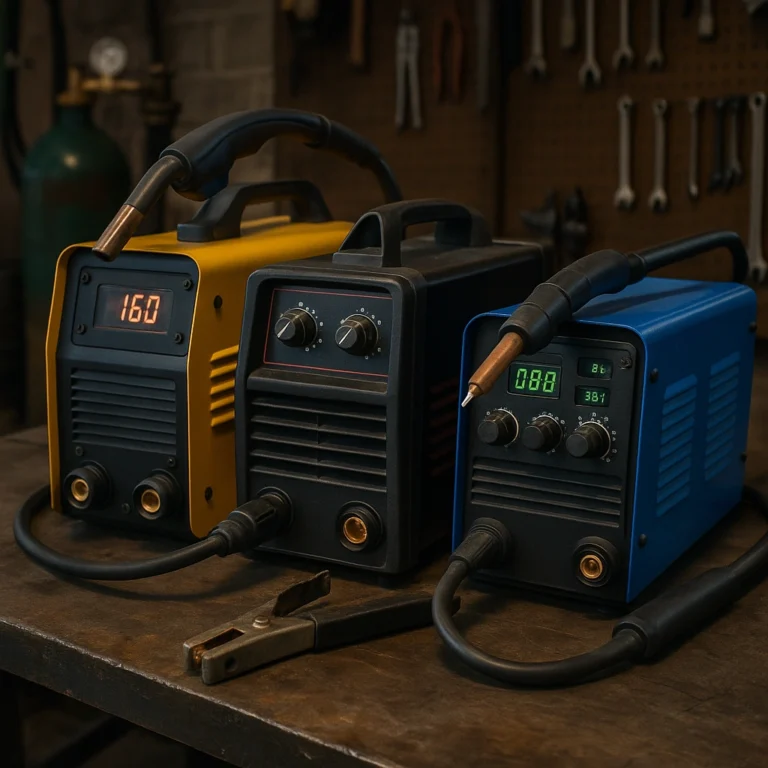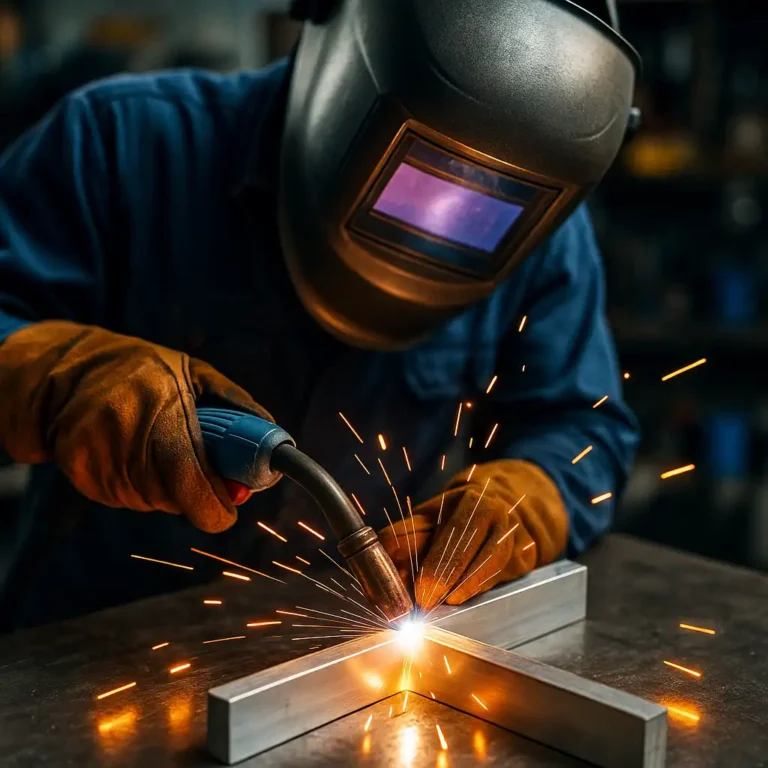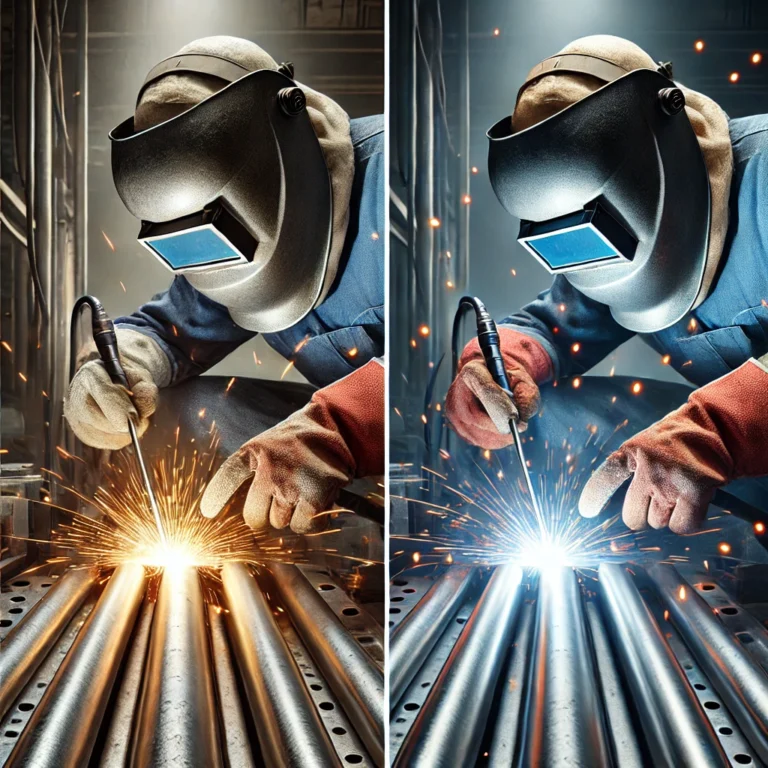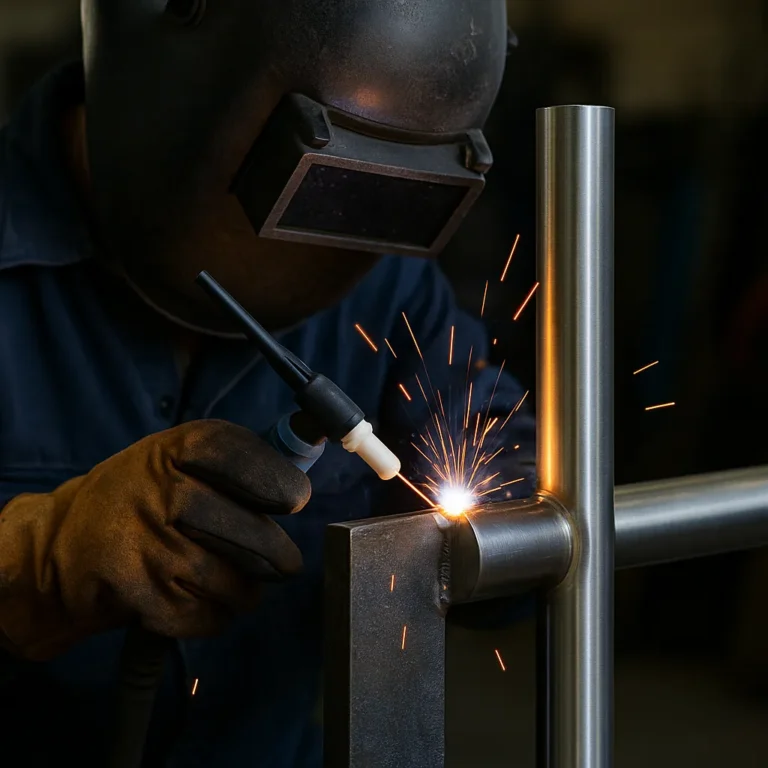TIG Welding with Silicon Bronze Rods: Low Heat, Clean Results
Disclosure: This post contains affiliate links. As an Amazon Associate, I earn from qualifying purchases—at no extra cost to you.
TIG welding with silicon bronze rods is a smart technique when you’re looking for a clean, low-heat way to join metal—especially when distortion is a concern. Whether you’re patching thin sheet metal, working with dissimilar metals, or tackling delicate repair jobs, silicon bronze opens up options that standard steel filler rods can’t handle as gracefully.
This method isn’t for every project, but in the right scenario, it’s incredibly useful. Here’s how and when to make it work.
Lower Heat Means Less Distortion
Silicon bronze rods melt at a lower temperature than steel, which helps reduce warping on thin materials. This is especially helpful in auto body work, HVAC fabrication, and artistic or cosmetic welding jobs where appearance matters.
Instead of fully fusing the base metals, you’re brazing—letting the filler flow over clean metal surfaces. That keeps your weld zone cooler and your metal more stable. It’s not designed for load-bearing applications, but for anything cosmetic or decorative, it’s a solid approach.
Easy Setup with the Right Settings
Most TIG welders are ready to go with silicon bronze with just a few adjustments. Use DCEN (direct current electrode negative) and pure argon shielding gas. A #6 or #7 gas lens cup works well, and a 2% thoriated or ceriated tungsten electrode keeps the arc stable.
The arc can feel a bit floaty compared to welding steel. Many users report tapping the foot pedal more frequently to manage heat, especially when welding thin pieces. Based on welder feedback, once you dial in your rhythm, it runs smooth and leaves very little cleanup behind.
Versatile Filler for Light Repairs and Dissimilar Metals
Silicon bronze shines in situations where you’re joining copper to steel, patching up rusted garden tools, or making artistic metalwork. It’s a go-to for welders working on ornamental projects, marine components, and even bicycle frame touch-ups.
Keep in mind, it’s not a structural filler. It’s great for sealing seams, improving appearance, and making sure your metal stays flat, but it’s not strong enough for anything under heavy stress.
Watch Out for Fumes
Welding with silicon bronze produces more fumes than standard steel rods, especially if the metal isn’t cleaned properly. Contaminants, coatings, and dirt can create unpleasant smoke—and possibly hazardous particles.
According to feedback from welding forums and shop talk, using a fume extractor or wearing a respirator is a smart call. Always work in a well-ventilated space, and take the time to prep your metal before striking the arc.
Conclusion
Silicon bronze rods give TIG welders an edge when working on delicate, non-structural tasks. They help prevent warping, flow beautifully with the right technique, and are surprisingly versatile when joining different metals.
They’re not for every job—but when used properly, they’re a valuable addition to your welding arsenal. Whether you’re patching a panel, adding a decorative touch, or trying to avoid heat damage, silicon bronze can get the job done cleanly and efficiently.






